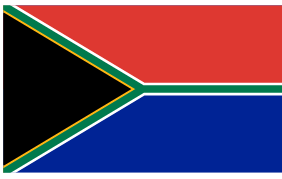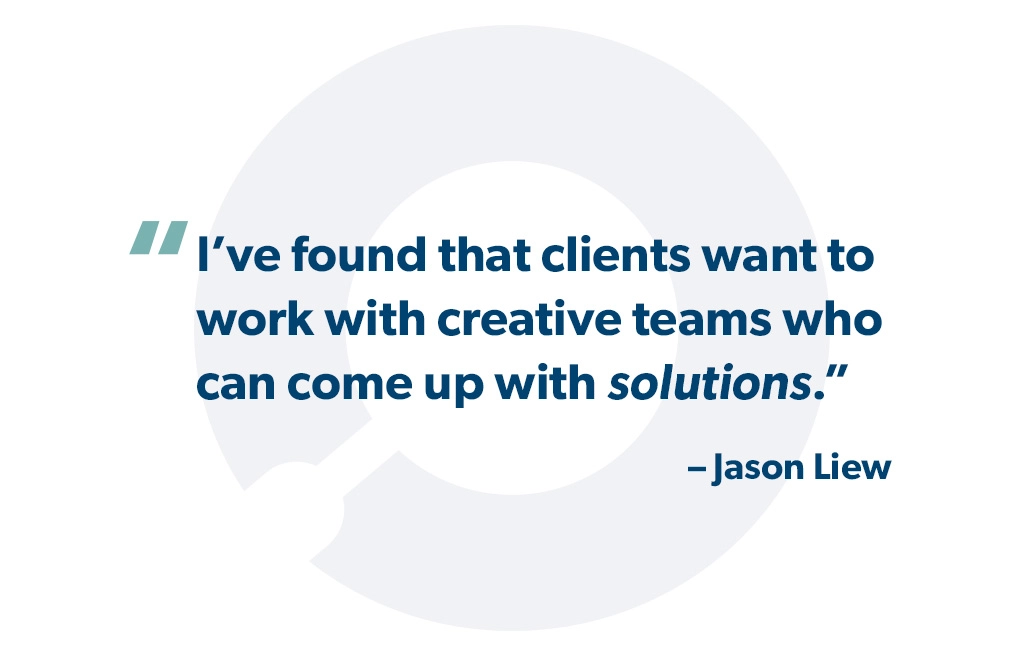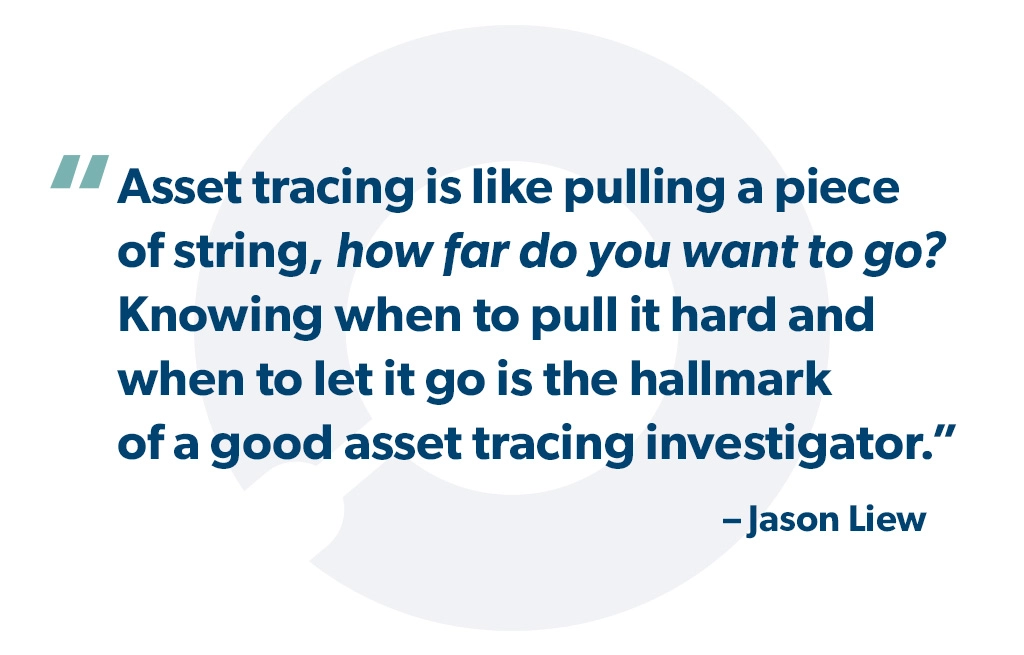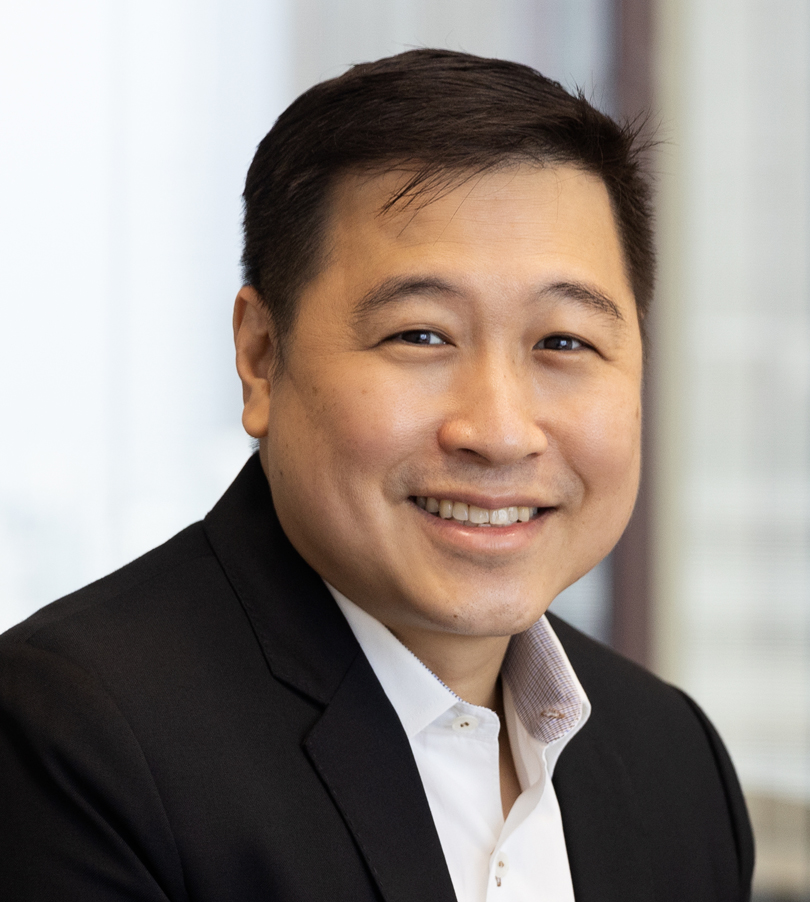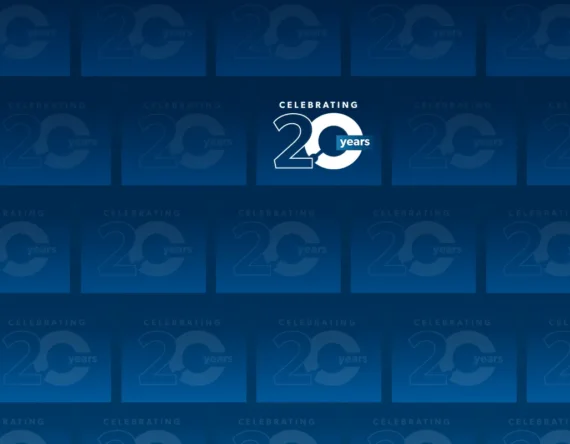To celebrate StoneTurn’s 20th Anniversary, we’re spotlighting our people. Meet Jason Liew, a Partner in Singapore.
In this Q&A, Jason discusses opportunities in the Singapore and Southeast Asia markets, how a global team strengthens offerings for clients, and trends in highly sophisticated investigative work, including asset tracing.
What drew you to StoneTurn?
There are a few things that drew me to StoneTurn, the first being the appeal and opportunity to start something from scratch in Asia and being able to somehow influence the culture in Singapore. By launching a new office in a new country in a new region, this opened up the opportunity for me to create an environment where we are empowered to do things the right way given all of our years of expertise, while also knowing we could rely upon guidance from like-minded people.
The second is StoneTurn’s culture. When I was having my conversations with a few stakeholders before joining, one of the first things mentioned was the firm meeting. Typically, consulting firms do a yearly meeting that brings colleagues together for networking and collaboration, and these events were mostly limited to partners. What I didn’t know was that StoneTurn has not one, but two firm meetings a year and everyone gets to participate. This blew my mind and showcased the firm putting its money where its mouth is. The firm takes it to another level with the commitment to planning, time, cost, and effort. For me, it was very eye opening.
How does our global team lead to greater opportunity?
There is no doubt that StoneTurn has previously done work in Asia. But now, having a team on the ground allows us to further showcase our expertise and experience in regions that are closer to our clients and their time zones. Asia is tough because of how widespread it is geographically as well as with different cultures, languages, and challenges. By having a team in the region, we are able to overcome the logistical obstacles and the culture and language obstacles. It also allows the firm to adopt the follow the sun model.
Business –
When it comes to asset tracing, what are the top trends you’re advising clients on?
First and foremost, do it early. Do not wait until you have an award or judgment has been handed out as it is already too late. By this time, the risk of asset dissipation by the counterparties increases significantly.
Second, be creative. I’ve found that clients want to work with creative teams who can come up with solutions. Let’s be honest, asset tracing is not a new thing and with advances in technology, these days it requires a team to be good detectives and find creative ways to locate assets. People will hide their assets in the most unlikely places, and it’s only experience and expertise gained over time that can help find them.
Speaking of hiding your assets in unlikely places, I remember a matter that had us all in awe by the end of it. We were engaged by a consortium of banks to identify assets belonging to a businessman. Through our investigative research and creative thinking, from following various leads from one jurisdiction to another we ended up uncovering a piece of land half the size of Singapore in another jurisdiction. The twist with this was that the target was in dispute with the local community over who had the rightful claim as owner of the land.
Third, understanding local context. Asset tracing is truly so different jurisdiction to jurisdiction. Understanding the source of information, quality and how to interpret the information to get you to your end goal is key.
What is a common element of asset tracing that is overlooked or forgotten about?
I think it’s more of an emphasis on education and socialization of asset tracing to our clients. Many people have the misconception that we are looking into a database, like on CSI, and in 5 seconds we get a whole list of data and information. While this might work to some degree in other jurisdictions where record keeping is mostly digital, it is very different in Asia.
Asset tracing is like pulling a piece of string, how far do you want to go? Knowing when to pull it hard and when to let it go is the hallmark of a good asset tracing investigator. This is similar to the game series, where I used snakes and ladders to represent the different paths you can take and roadblocks you may encounter. We also put a lot of importance on scoping, allowing us to understand the cost effects and the most efficient way of doing the work. By scoping, we are a better positioned, more trusted advisor to our clients. This way the client has better control of the cost, and we have flexibility in chasing the most promising leads.
Predictions for the Future –
Looking into your crystal ball, tell us what you think the biggest drivers of change will be in 10 years?
I see technology being the biggest driver of change. We are all seeing AI becoming more prominent and I think that will continue to impose certain elements of our jobs to change, for the better and more efficiently. We need to get on the same wagon to ensure those elements are incorporated into our work life. How can we add value beyond those things? Use our unique experience and knowledge to better guide solutions or help the situation more effectively.
Reach out to Jason Liew if you would like to discuss any of the topics above.



